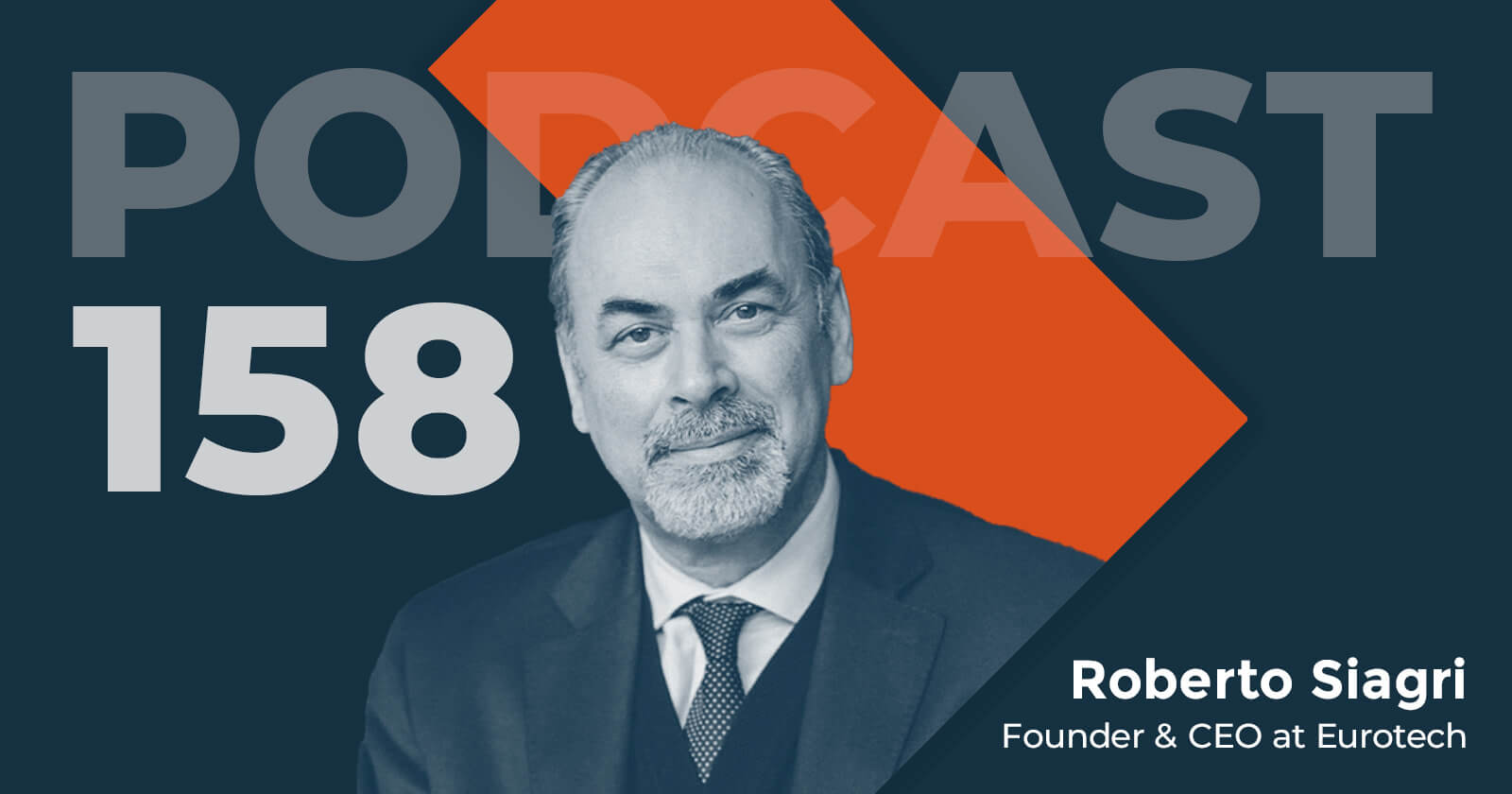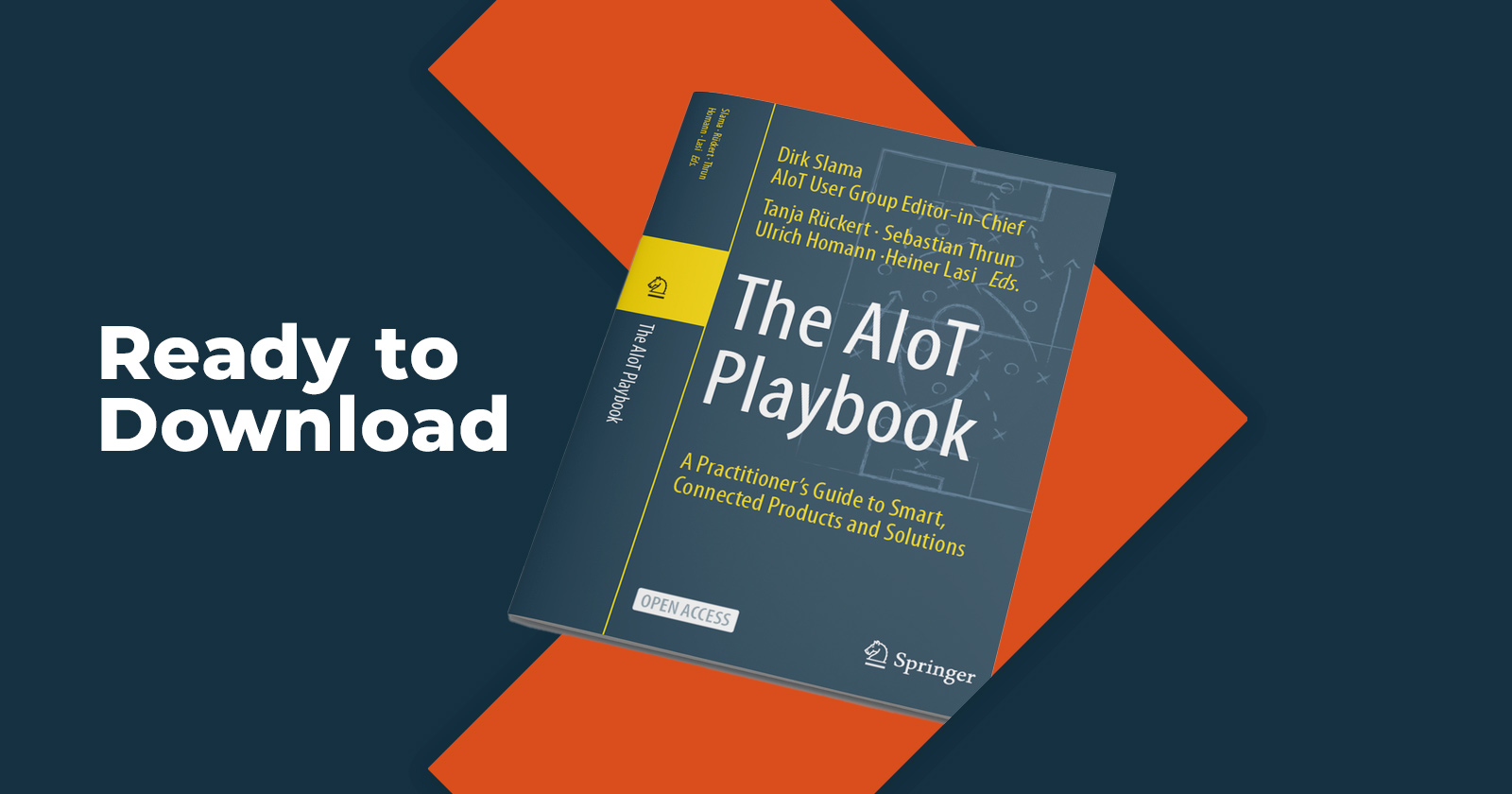How the Convergence of AI and IoT is Transforming Customer Support
Sandra Mueller

Lately, when we talk about technological innovation, the biggest achievements involve the convergence of technologies to create functionalities that are greater than the standalone capabilities of each technology. These intersections exemplify what we refer to as combinatorial innovation - and are evident with such couplings as AR and IoT, and Blockchain and IoT. One of the biggest technologies to aid such innovations is AI and machine learning where it is changing not only the intellectual capabilities of machines, devices, and software but also the interaction between humans and machines.
Digitization, digital self-service, and distributed digital advisors are already disrupting a series of industries beyond basic service tasks across not only traditional customer service offerings but also industries such as service provisioning in manufacturing, supply chain, logistics, and transport industries. With this disruption follows a series of business opportunities to realize transformative value propositions, business models, services, and new revenue streams. This is the first part of a two-part article and takes a look at the rationale for the use of AIOps and some of the workplace benefits.
How big is the disruption and when will it be?
According to research by Gartner, “By 2022, 40% of all large enterprises will combine big data and machine learning functionality to support and partially replace monitoring, service desk, and automation processes and tasks.”
Further, research by McKinsey suggests that as many as 45% of the activities individuals are paid to perform at work can be automated by adapting currently demonstrated technologies. In particular, jobs that involve a level of analytics, research, or processing that a computer can do better than a human being are the most impacted.
This disruption has a number of different names but perhaps the most accurate is what Gartner called AIOps:
"AIOps platforms are software systems that combine big data and artificial intelligence (AI) or machine learning functionality to enhance and partially replace a broad range of IT Operations processes and tasks, including availability and performance monitoring, event correlation and analysis, IT service management, and automation."
At its pinnacle, it is the bridging of three different IT disciplines—service management, performance management, and automation.
AIOps is Crucial to IoT
The disruptive elements of AIOps can be considered on a continuum from chatbots answering simple questions through natural language processing to predictive analytics and preemptive problem-solving. It is not dissimilar to the trajectory of IoT innovation:
(1) Connected asset use cases involve simple “connect and collect” providing basic visibility and monitoring – establishing a pulse on what’s happening in the physical world.
(2) By leveraging the wealth of data collected, proactive analytics help identify conditions or potential failures that need to be addressed.
(3) Advancing deeper into the analytics world, predictive analytics attempt to pinpoint pending failures or problems so they may be addressed in advance. Prescriptive analytics actually guide specific steps necessary to address them.
(4) The most advanced phase is autonomous systems that can self-diagnose and guide actions to keep systems running seamlessly.
AIOps provide key problem-solving capabilities for stages 3 and 4, having a number of direct consequences on service providers:
The Benefits of AIOps in IoT customer service:
- Better troubleshooting
- Self-service and customer support
- Predictive machine analysis
- Reactive problem solving
- Dynamic Systems That are Continuously Learning
- Humans gain valuable insights from machine learning
Better troubleshooting: IT departments enjoy a greater scale and scope of troubleshooting. IT operations such as resource upgrades, patches, and network access management can be done in real-time without any implementational delay.
Self-service and customer support: We've all seen the hype of chatbots and their deployment to various degrees of success. In the best scenarios, businesses can leverage AI-based online agents to answer queries by serving up the right answer or resource to a customers' query. If the user needs further support, an AI-based agent can route them to the right person without requiring any time on hold.
Predictive machine analysis: The utilization of AI can facilitate deeper analysis in machine data, with machine learning for classification, correlation, prediction and forecasting, pattern discovery, anomaly detection and root-cause analysis. The software can be trained to detect incidents before they occur and respond autonomously to mitigate potential service failures.
Reactive problem solving: AIOps is hugely beneficial to service technicians through both predictive maintenance and reactive problem-solving. It frees up staff for more complex issues: as staff work on more complex issues they were not able to be preemptively determined, they are training the AI embedded systems to respond to problems of greater complexity on their own.
Dynamic Systems That are Continuously Learning: The road to fully autonomous care—where problems are predicted and resolved automatically before they are even noticed by the customer—lies in mining the vast trove of data that service providers collect, and learning valuable lessons from it using big data techniques. AIOps typically utilize legacy data from machines or devices and/or customer support logs to develop software based predictive models that predict the next action that is most likely to solve a problem in the shortest amount of time. These systems continue to learn with every future customer care interaction. This smarter a machine, the less a human customer service worker has to take over.
Humans gain valuable insights from machine learning: The depth of machine analytics include detailed cross-referencing and the ability to look at a dataset from a range of different angles at speed means that machines are able to identify and react to problems that a service worker may not even be aware of or had exposure to. This has the advantage of the workers gaining new insights into customer problems.
In the customer service space, autonomous care will be a key differentiator. Using a machine-learning approach to preventative analytics and proactive customer care can ultimately lower support costs and sustain customer satisfaction. Preventative and proactive measures will enable service providers to successfully compete in an increasingly competitive digital services market.
![]()
Momenta Partners encompasses leading Strategic Advisory, Executive Search, and Investment practices. We’re the guiding hand behind leading industrials’ IoT strategies, over 100 IoT leadership placements, and 17+ young IoT disruptors. Schedule a free consultation to learn more about our Connected Industry practice.



